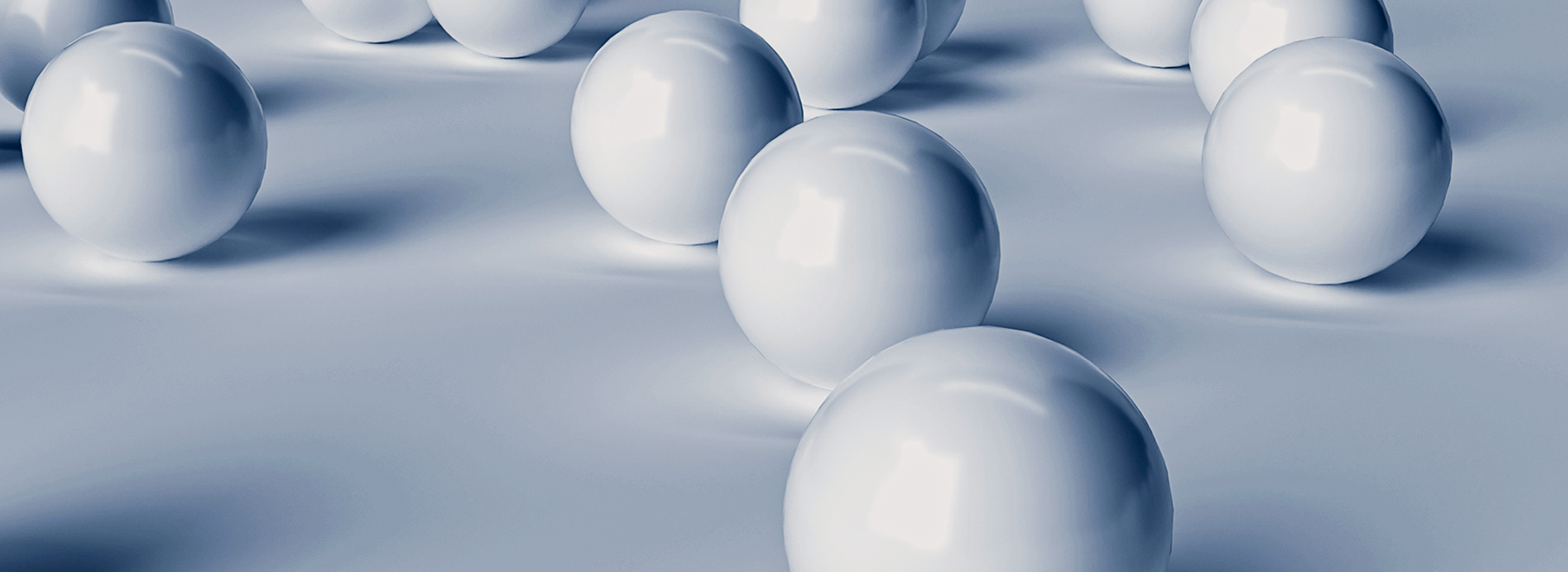
Ceramic tiles are one of the important materials for wear resistance and corrosion prevention in industrial enterprises such as cement plants, thermal power plants, and steel plants. With excellent performance, high hardness, high wear resistance, high impact resistance, high stability, light weight, high mechanical strength, excellent toughness and seismic resistance, no environmental pollution, and firm bonding with metal shells, it is suitable for improving the wear resistance of metal surfaces in various mining and industrial enterprises. Although the three control methods for ceramic ball strength have improved various indicators of aluminum content in ceramic balls, the actual strength of ceramic balls is related to many factors.
The selection of ceramic ball materials affects their strength. Adding this material to the formula is beneficial to strength when the plasticity of the ceramic ball material is very good.
The refractoriness of the heat storage material used as a heat storage medium must meet the requirements of refractory materials.
Thermal conductivity
The better the thermal conductivity, the higher the volume utilization efficiency, which can control the volume and material of the heat storage equipment to a small extent, making it more conducive to equipment miniaturization and installation.
High burn earthquake coordination
The heat storage ball has been in a working state of alternating heating and cooling, always in a workplace of rapid cooling and heating, often subjected to stress caused by changes in internal and external temperature differences, which may cause material fracture and crushing, and cause blockage of the airflow path of the heat exchanger. Therefore, the heat-resistant vibration resistance of the material is required.
Density and specific heat requirements
As a heat storage carrier, it is important to maximize the probability of high heat storage capacity and measure the residual instrument that measures the size of an object's heat storage capacity (when there is no phase change) is the product of object density and specific heat, the larger the quantity, the greater the heat storage capacity per unit of object. Therefore, when selecting the formula for heat storage materials.
The production technology of alumina ceramic balls includes enamel, hand rubbing, isostatic pressing, and pushing. The firing temperature of ceramic balls is around 1300, and if the temperature cannot reach this level, it will have a significant impact on strength. Similarly, an increase or decrease in temperature during firing will also have an impact. Alumina ceramic balls are a type of ceramic product, which can be divided into reflective ceramic balls and polished ceramic balls in their applications. Ceramic balls have the advantages of high strength, high toughness, high density, good wear resistance, high temperature resistance and corrosion resistance, high rigidity, non-magnetic conductivity, electrical insulation, and a thermal expansion coefficient close to steel at room temperature.
Many waste products that cause human harm can be eliminated, promoting further development and preventing people from getting hurt. High uric acid levels can be prevented from causing bone damage. The working principle of isostatic pressing technology is to place the compressed substrate in a closed high-pressure chamber, cover it with an elastic mold on the outer surface of the substrate, fill the high-pressure liquid in the high-pressure chamber, apply hundreds of megapascal pressure, make the substrate subject to uniform pressure and contraction in all directions, reach the specified pressure, and maintain it for a certain period of time. The strength of the blank after isostatic pressing is good, and it is easy to machine. The blank has high density and uniformity, improving mechanical properties. Compared with dry pressing molding in the past, isostatic pressing molding has the following advantages: 1. The density of the blank is high, about 10% higher than that of dry pressing molding. Large or complex shaped blanks can be produced. The blank has good strength and is easy to handle and directly machine. The density is uniform in all directions, there is little internal stress in the blank, and defects such as cracks and delamination are reduced, and deformation of sintered products is small. Compared with dry pressing molding in the past, isostatic pressing molding has the above-mentioned advantages.